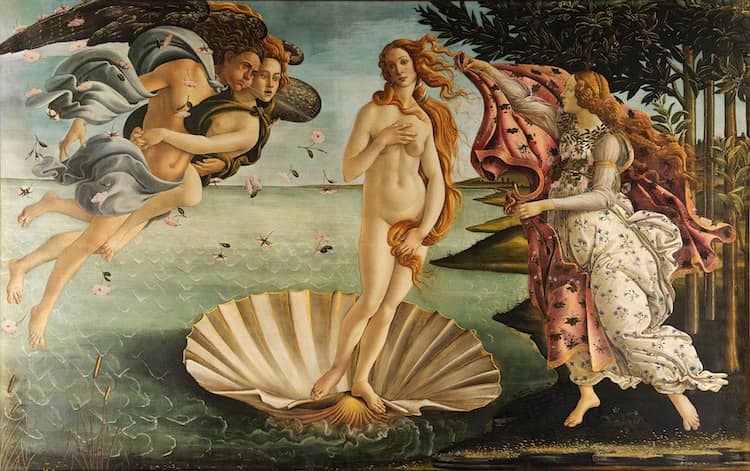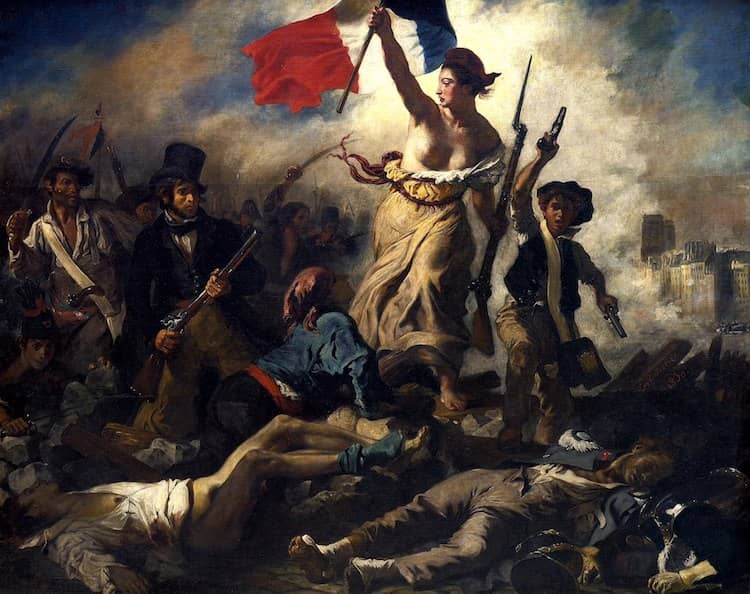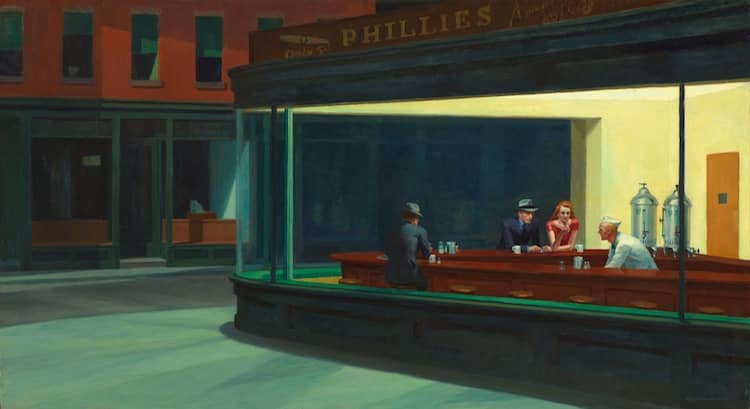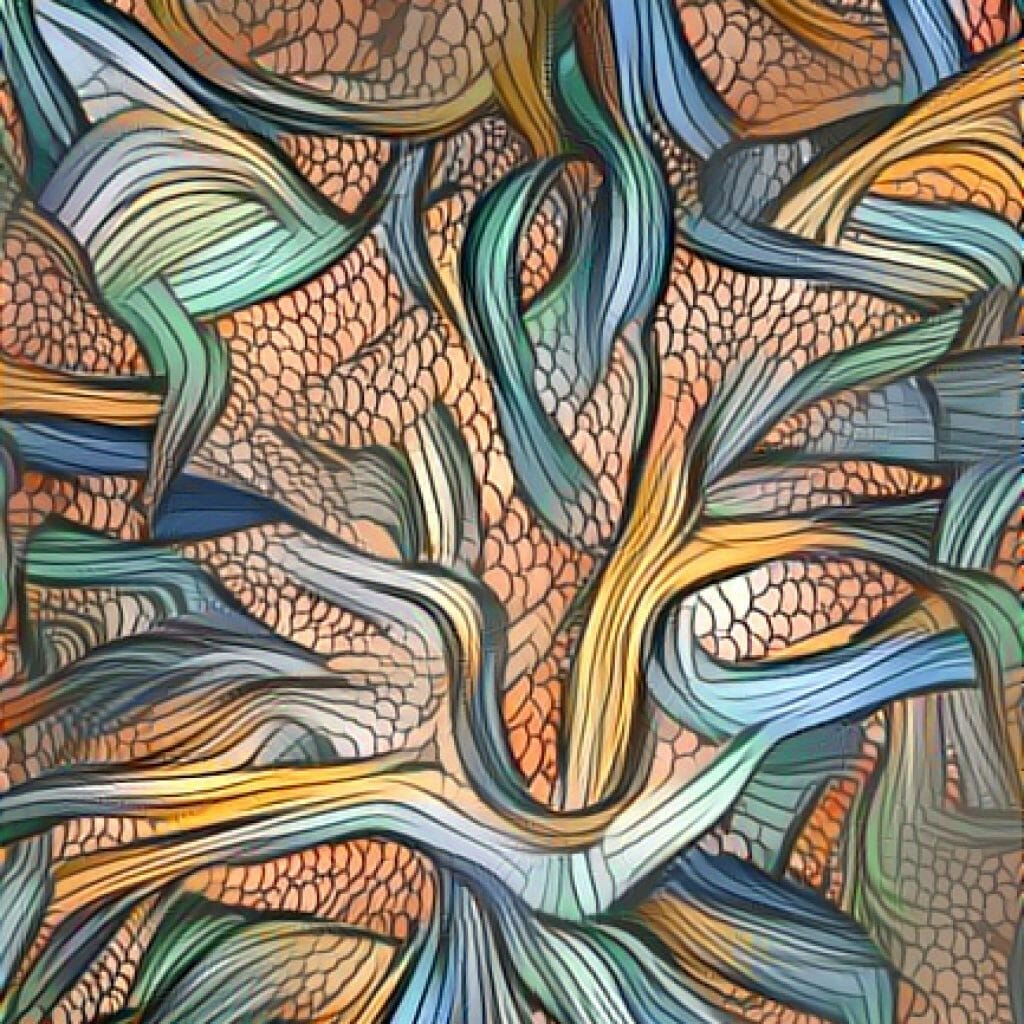In history and art the term “art” denotes a skillful effort, or creation, of the conscious mind. It includes literature, music, dance, fine and applied arts, science, philosophy, engineering, mathematics and religion. In a strict sense, then, art is the conscious use of skill. But what is considered art can change with time and place, so we have to be careful with our term. The art of the late Renaissance was as different as is the art of the present with computers.

Etymology
Art is defined as a skill that uses one’s creativity and is commonly used to mean art, skill, and craft. The word “art” probably originated in Roman times in the Latin word “ars,” also meaning to be a skillful craftsman. The first actually known use of art was from a series of 13th-century manuscripts.
The Philosophy of Art – Art Is Not Always Beautiful.
Is art all that people believe it is? Some people think it consists of just two things: representation and expression. So they claim to understand it only if those two aspects are clear. Other people think that art has to be appreciated in three ways: representation, expression, and form. This second subtext shows that people understand art for its meaning, its value, and how it’s done.
Art has traditionally been seen as a form of mimesis in which beauty comes from a faithful replication of something that’s meaningful or beautiful. Most art has been defined in this way. It’s still around, but it doesn’t define all art. The Romantic movement brought a new kind of art in which an artist expressed the feeling behind the art, and viewers were attracted to that feeling and responded emotionally to the artwork. Expressionism, such as abstract art, became very important in the 20th century, and people began to value art on the basis of its formal qualities, not its emotional content. For example, the principles of art, such as balance, rhythm, and harmony, can be used to evaluate abstract art or design. They become part of what art is.
Today, all three modes — what is art and its value — come into play in assessing this definition.

Historically How Is Art Defined?
If you compare a painting from the Renaissance with one from the present, you can’t help seeing it as a product of its time. The reason an art historian studied it is because it is a part of history: art always moves us to consider how it and the artists who made it fit into their time.
In Western culture at the end of the Middle Ages, art refers not to highbrow paintings, but to anything done with skill. Artists must practice their skills and learn to replicate their subjects to be considered artists. The true representation of works such as Van Gogh’sSunflowers, Monet’sWater Lillies and Picasso’s Guernica shows that they were mastered by skilled practitioners in their respective fields.
As a reaction to science becoming so important during the Enlightenment in the 18th century, creativity grew to be thought of as a separate discipline in its own right. In addition, the belief of many people at the time was that great art and beauty was found in nature, and that emotion and spirituality were also important aspects of creation. Artists achieved a level of notoriety and sometimes became the guests of the aristocracy. The artistic community itself was celebrated for its contribution to culture.
From the 1850s to the 1950s, avant-garde art was fueled by the realism of painting and photography. Art movements followed, such as cubism, post-modernism, and futurism (which pushed beyond realism to break new ground on both visual and narrative expression), as well as artworks that challenged traditional definitions of what is considered art. The first phase of modern art is often referred to as avant
The idea of being original in art is something that continues to exist, with more and more groups of people creating new genres and manifestations of art. An example of this can be found in electronic, computer-operated art, the form in which the computer controls and effects what the output may be with simply providing tools or graphical sets to the artist. Even now art can be generated by artificial intelligences.
 AI Generated https://deepart.io/
AI Generated https://deepart.io/ AI Generated https://deepart.io/
AI Generated https://deepart.io/
Quotes
A person’s personal definition of art is affected by their personality, as well as by their history, life experiences, and perceptions. A personal definition of art would focus on the fact that art could simply be anything, in that there are myriad ways to define it and many people have their own unique ideas.
Rene Magritte
Art evokes the mystery without which the world would not exist.
Scott Adams
Creativity is allowing yourself to make mistakes. Art is knowing which ones to keep.
Thomas Merton
Art enables us to find ourselves and lose ourselves at the same time.
Pablo Picasso
The purpose of art is washing the dust of daily life off our souls.
Edgar Degas
Art is not what you see, but what you make others see.
Jean Sibelius
Art is the signature of civilizations.
Leo Tolstoy
Art is a human activity consisting in this, that one man consciously, by means of certain external signs, hands-on to others feelings he has lived through, and that others are infected by these feelings and also experience them.

Most people have never really contemplated how much of our world, our culture, and our society is based on symbols. When we begin to see the ways in which symbols shape our lives and the way we communicate with one another, it will be easier to understand everything that happened in a culture that is so different from yours.
Anthropologists Nicholas Conard and David Peterson see the cave paintings as a window into the minds of people who lived at the time of the paintings. They believe the images created by the ancient artists are images of answers to basic life questions such as “Why do I have to die?”
Art is the manifestation of the complex, dynamic, and powerful process of human life — it symbolizes a state of consciousness. Therefore, art is essential to the full development and expression of who we are. And because art is accessible to everyone, it is a valuable means of communication for all people. This makes it one of the most important contributions we can make to our societies today.


